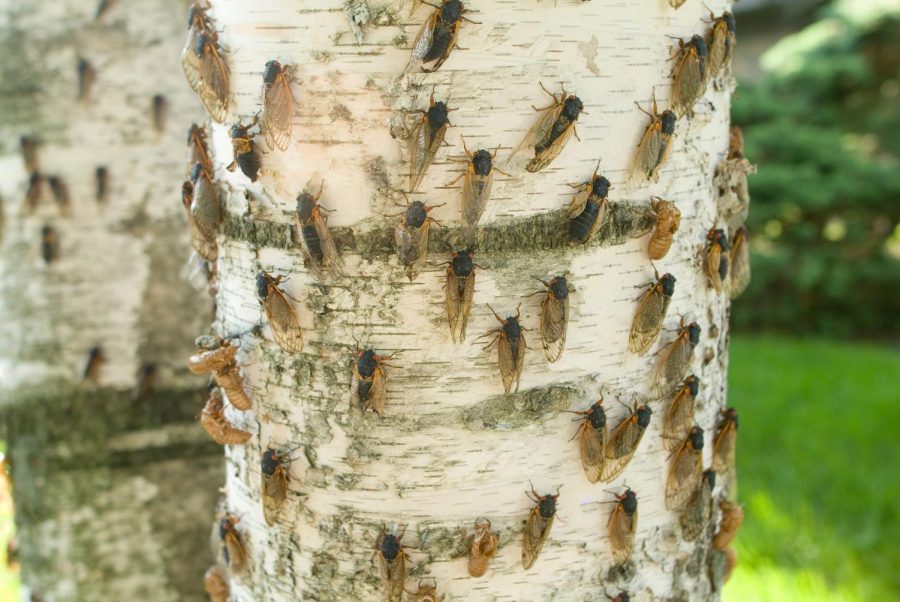Plant biologist Dr. Lucia Strader delivered her seminar “Condensation of The ARF19 Transcription Factor Regulates its Activity” to about forty faculty members and students in Winston Hall on Monday, Oct. 22.
Strader started in the field of agronomy (soil and crop science) and is now an associate professor of biology at Washington University in St. Louis, where her lab studies the regulation and various roles of plant hormones in Arabidopsis thaliana, a small flowering plant in the mustard family.
The focus of Strader’s talk was auxin, the first plant hormone ever discovered, which is responsible for regulating growth.
“Auxin is an essential integrator of nearly any signaling we can think of,” Strader explained. “It controls every aspect of growth.”
Given how many diverse systems this hormone interacts with, it is amazing that auxin can function so precisely without accidentally activating processes in the wrong time or place. Strader wants to understand how that works.
One of the things that auxin controls in plants is a series of transcription factors called auxin response factors (ARFs).
Transcription factors are proteins that control the rate at which the information stored in DNA is transcribed and the genes encoded in that DNA are expressed. Transcription factors like ARFs’ turn genes on and off in specific cells to make sure that those genes are only expressed when and where the organism needs them. ARFs, as their name implies, respond to auxin and only activate to control DNA transcription when auxin is present.
Transcription factors are typically found in the nucleus, the dense structure near the center of most cells which stores the cell’s DNA. In the growing root tip of plants like Arabidopsis, ARFs are indeed found in the nucleus. Strader showed images in which ARF19, one member of the ARF family, is visibly concentrated in the nucleus of root tip cells, a region with high levels of auxin.
However, older plant cells farther up the root (closer to the stem and leaves of the plant) do not have such clear clusters of ARF19 in the nucleus. Instead, the ARF19 signature is scattered all over the cell in smaller dots or filaments.
Strader believes that some ARFs, including ARF19, are intrinsically disordered proteins, meaning that they shift in structure and can concentrate and come out of solution, which could lead to the strange, scattered and non-nuclear pattern of ARF19 observed in the upper root cells. This ability may help to explain how auxin, the hormone which activates them, works so specifically to regulate so many different processes. Although her seminar focused on one highly specific process, Strader pointed out that the field of research surrounding auxin as a hormone is very broad, in part because of the many different processes and pathways that auxin is involved in. Even with its narrow topic, her seminar was engaging to audience members with a variety of research interests outside of plant hormones.
“I thought her presentation was well-delivered,” wrote Elizabeth Black, an undergraduate researcher in the Zhang lab.
Throughout her talk, Strader took time to interact with the many undergraduate students in the audience, explaining specific methods and processes and asking questions to ensure that everyone understood. She also focused heavily on the work that students in her own lab have done to contribute to this project.
“Her research is very exciting,” Black wrote. “It could help answer many unknown questions about plant developmental biology.”







